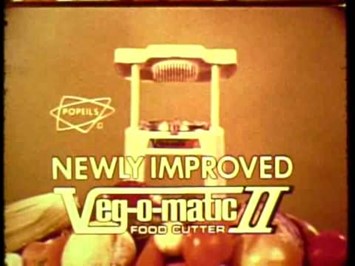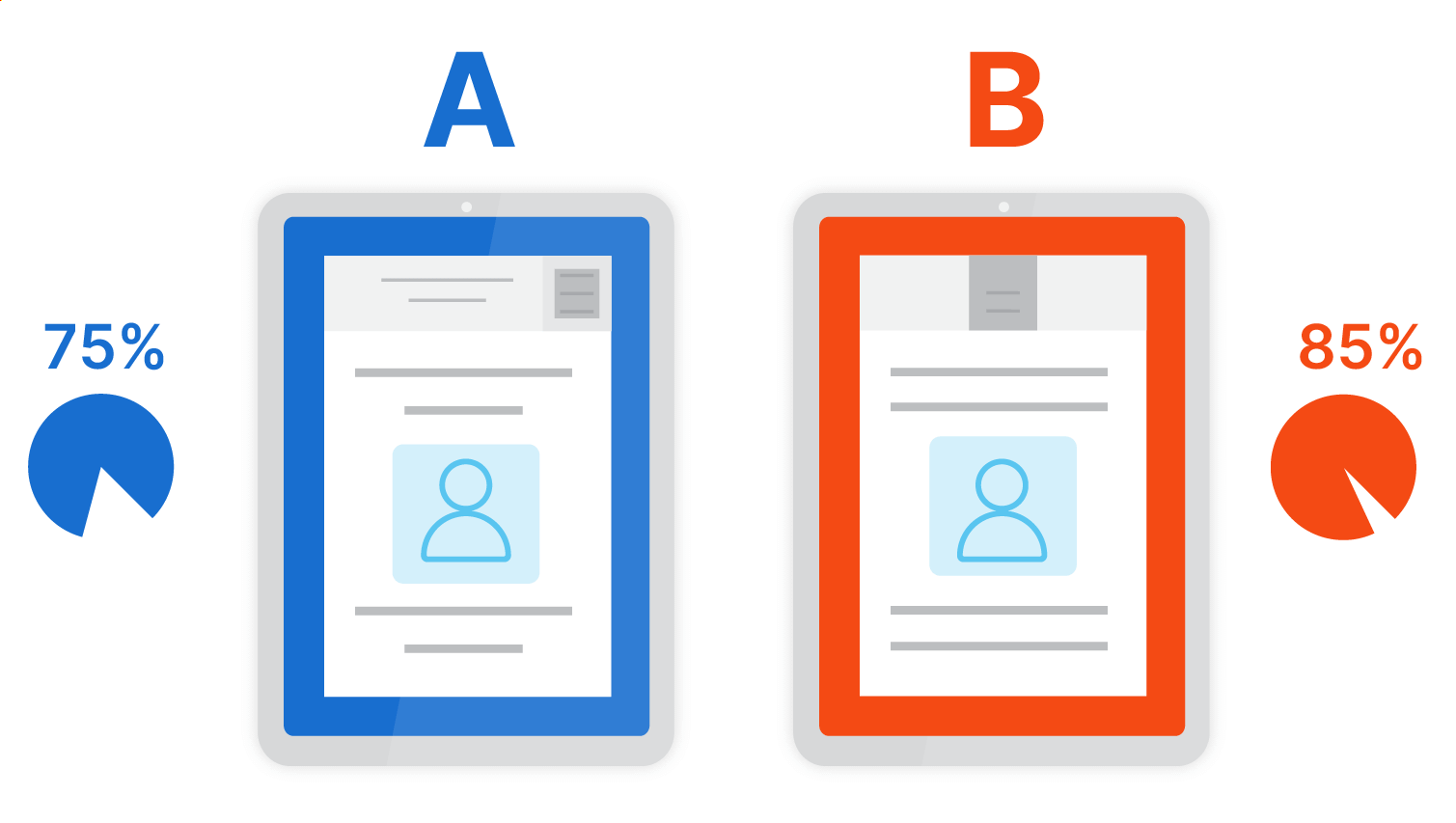With failure rates for new products after launch hovering between 70% and 80%, even the most groundbreaking premarket products can induce launch anxiety. When you have a great solution to bring to market, all you want is to effectively communicate your excitement to the potential clientele who inspired the product in the first place. For software development and content marketing to work hand-in-hand, both departments need to rally around software product launch best practices.
In this guide, you’ll learn some critical prep and follow-through steps for crushing your next software launch.
Key Takeaways
- Even with the best premarket products in hand, software launches are time-critical performances that require you to stick the landing
- Premarket research means more than buying data—it means stepping into the shoes of your buyer persona
- With the right practices, marketers and customer support can set up developers for success
🤫 PS: Looking for pricing on content syndication leads? Get a price list here
5 Steps to Launch Your Software Product
Here’s a list of five proven best practices to shape up your next software product launch.
1. Immerse Yourself in the Market
Understanding what your product does—the needs it meets, the problems it solves—won’t suffice to get you to a successful launch if you don’t understand the territory you’re moving into. Products may be new and genuinely revolutionary. However, human needs are not.
Even if your product provides an industry-first solution, chances are people have been dealing with the problem it addresses long before you arrived on the scene. While developers work to ensure your product delivers on its promise, marketers gearing up for launch should verse themselves not just in the competition but also in the larger discourse of potential customers and their needs
Questions you should be able to answer include:
- How do your potential customers feel about the solution your product offers? Does it create an opportunity to do something new and exciting? Alternatively, does it solve a problem, eliminate an unpleasant task, or reduce a tiresome nuisance?
- Do your competitors’ customers like using their products and feel loyal to them or do they see them merely as a necessity in the absence of a better option?
- How do your competitors interact with their customers? Do they maintain a formal or fun and casual presence on social media?
- How does your product stand out from the competition? Are you democratizing an existing solution that was previously out of reach for a sector of the market or introducing a luxury option for those who want more?
2. Get to Know Your Buyer Persona
Naturally, the buyer persona for any new software product or service begins with the measurable demographics of the pain points your product addresses. How old are your customers? What kind of jobs do they have? Where do they live? What is their income range?
However, beyond demographics—which is simply a matter of gathering or buying the relevant market data—you need to step into the buyer persona’s headspace as much as possible. Try to experience the problem your product solves as she or he would in the natural course of events.
- Is your buyer a decision maker tasked with pushing adoption on others?
- Is she a team member looking for the best tools for the job?
- Does your message speak to individuals or organizations?
3. Define and Refine Your Message
Once you’ve clearly identified your persona in the crowd, you need an effective, condensed message that will speak directly to that persona and grab their attention in a matter of minutes to seconds.
This is easier said than done.

When you know how a product works—and maybe have a slightly vested interest in promoting it—it can be tempting to amplify your message with rapid-fire facts into the void. Like the now memetic Veg-O-Matic infomercial of the 70s, marketers often want to craft launch messages around features to let everyone know “It slices, it dices, it even makes julienne fries.”
However, working with an average human attention span of just 8.25 seconds— three-fourths of a second less than a goldfish—your launch message needs to communicate the most irreducible kernel of truth about your product. Whittling down to that kernel is a refining process. Prior to launch, you should test the performance of different core messaging iterations in A/B testing scenarios which may yield conversion increases of 50% as you refine the message.

4. Set Your House in Order
Even for the most enthusiastic adopters, new products bring new challenges. The hard-earned conversions you bring in with refined messaging can easily go to waste if your own support staff aren’t adequately prepared to handle the inevitable early tide of user issues.
Having high-performance customer support that understands your product granularly is as integral to a successful launch as clearing your code of runtime errors. At least 50% of customers, regardless of their enthusiasm for your brand, will jump ship and seek alternatives after just one customer support experience that does not meet their expectations. Prior to launch you need to have confidence that your support staff are thoroughly fluent in the functionalities of your product.
5. Beta Test with Your Current Customer Base
Prior to launch, you can refine the end-user experience for your product—and catch more bugs in the process—by enlisting your existing customers in beta testing. Beta testing puts your product through far more work hours of scrutiny and limit pushing than your own in-house teams could ever complete.
Because you have an existing relationship, you know more about your own customers—from feedback, past customer service issues, and collected customer data—than you do about the market at large. This allows you to segment what you learn from their experiences and further align the user experience with what your potential customers want. Bringing your existing customers into the process strengthens the relationship you have with them and communicates that your company values their insights. It will also generate some free hype and discussion about your product.
Get the Secret Weapon of the World’s Best Tech Marketers with ActualTech Media
ActualTech Media specializes in connecting you with the optimal audience. ActualTech Media’s data-driven content syndication lead generation programs help you identify and reach your target audience. Refining audiences by geos, job titles, company size, and other sophisticated filters, ActualTech Media can get your content in front of interested and motivated buyers.
To open a channel of dialogue, get in touch with ActualTech Media today.